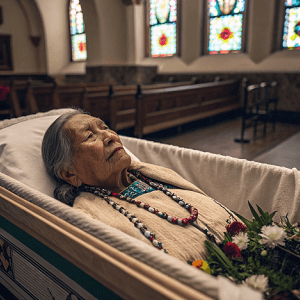A new study reveals that official U.S. records significantly undercount deaths among American Indians and Alaska Natives (AI/AN), distorting the true scale of health disparities. At least 41% of AI/AN decedents were misclassified on death certificates, often labeled as white. This misreporting inflates life expectancy estimates and conceals the severity of mortality gaps.
The actual life expectancy gap between AI/AN individuals and the national average is 6.5 years—nearly three times larger than previously reported. From 2008 to 2019, AI/AN life expectancy averaged just 72.7 years, comparable to countries like El Salvador and Bangladesh. Even those with college degrees died significantly younger than their non-AI/AN peers.
Dr. Jacob Bor, lead author and associate professor at Boston University, called this a form of “statistical erasure,” warning that it obscures a deep mortality crisis. Dr. Michael Bird, a member of the Kewa Pueblo and study co-author, added, “Millions of us perished with no record. So the yawning gaps in data on Indian peoples’ lives and deaths come as no surprise.”
The study linked self-identified race data from the American Community Survey with death records, offering a more accurate picture. It found that AI/AN mortality was especially high among young and middle-aged adults, regardless of whether they lived on or off reservations.
Researchers urge better data collection practices, including training funeral directors and collaborating with tribes, to ensure Indigenous lives are counted—and valued.
See: “Official US records underestimate Native Americans deaths and life expectancy, study finds” (June 16, 2025)



